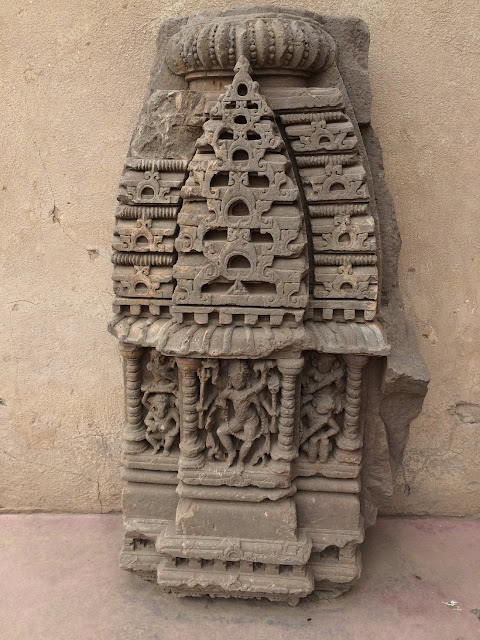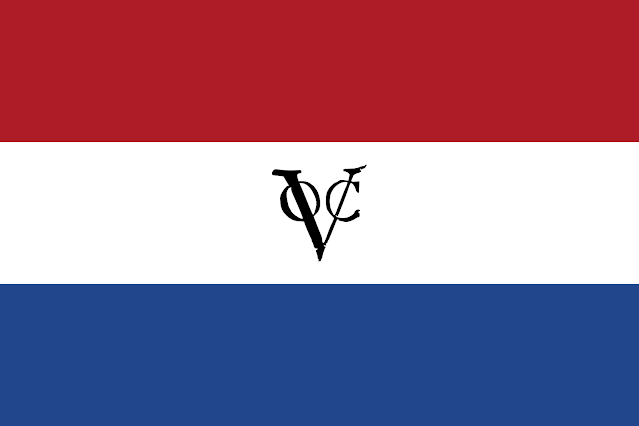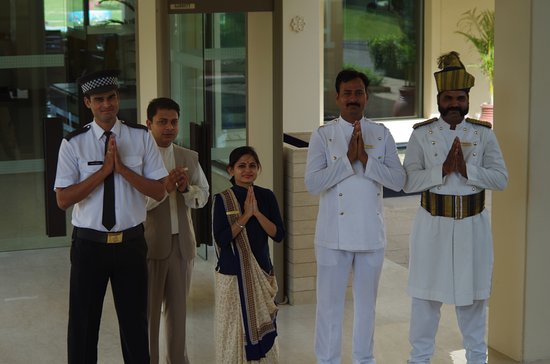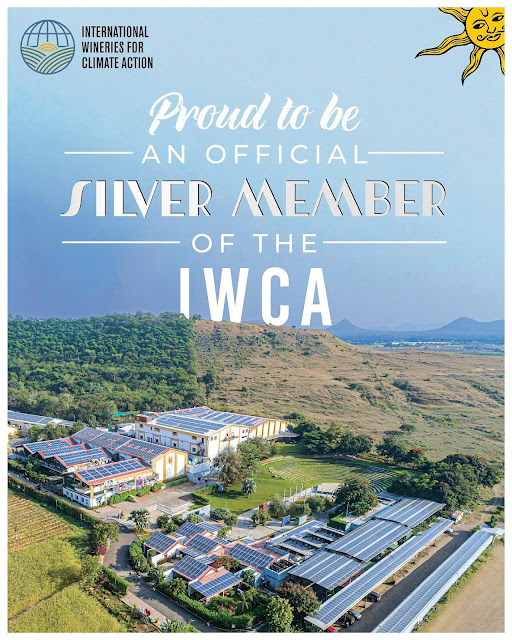
The next day, a hearty breakfast prepared us for a 4-hour, 236-kilometer drive to the City of Agra. Thankfully, our Mercedes bus paused in the middle of the journey, and we disembarked at Hanuman Temple. It is delightfully colorful!
Lewis and I rang the temple bells, which customarily tells the gods that people are arriving and departing. (We did the same thing at temples in Japan).

The interior was awash with impressive colors and patterns.
Full of joy and happiness, the colorful interior was enhanced by offerings of marigolds, which do not attract dirty bugs like roses do. Seen above, Lord Ram is the deity symbol of chivalry and virtue.

Jimmy pointed out the impressive fact that women are colorfully dressed for all occasions, whether worshipping at temples or harvesting in the farm, field, or rice patty.



It's quite different from rural Russian, Greek, or Italian women.

It's also less complicated than how Western women dress for their gardening.


Jimmy pointed out the impressive fact that women are colorfully dressed for all occasions, whether worshipping at temples or harvesting in the farm, field, or rice patty.



It's quite different from rural Russian, Greek, or Italian women.

It's also less complicated than how Western women dress for their gardening.

It was incredible to see some farmers on cellular mobile phones. Jimmy explained that India offers extremely affordable phone packages so everyone can have access.


Truly, my own phone worked perfectly--even amidst our 5-hour journey through wheat farms and brick-making fields! (especially considering that it loses signal in so many places back home)

Below, a bridge crossed a wide riverbed that was full of water merely 30 years ago. Jimmy pointed out that global changes are drying up some of India's lakes and rivers, causing water rationing and the purchase of bottled water.
In an ancient village named Abhaneri is India's largest and deepest step well. Named Chand Baori, it is fortified on all sides and has 3,500 steps. Built over one THOUSAND years ago, it remains in pristine condition! The government no longer permits you to descend to collect water.
It is amazing beyond words!
Adorning the perimeter are rescued statues and carvings. Whenever statuary gets chipped or damaged, it is considered unsuitable for temples and must be replaced. Rather than destroy the artistry, some conservationists relocate them to places like this.

Below, notice how each piece varies, due to hand-carving.

For luncheon, we paused at a lakeside hotel (under renovation), replete with antique cannons in the lobby, a summoning drum in the courtyard, and a shady terrace overlooking the drying-up lake.











Having a dot painted on your forehead supposedly awakens your "third eye" for happiness and wisdom.

In an air-conditioned tent, we lunched on lentils, roast chicken, and Lewis enjoyed his second taste of mutton.


Apparently, the area is a sanctuary for wild asses!!!
(I'm still not sure how to interpret that, ha ha!)

From there, our driver took us to Agra. 600 kilometers from the Himalaya Mountains, it abounds with a celebrated history, rich heritage, and architectural delights. It is located in a state named Uttar Pradesh, which is the most-populated with 200 million inhabitants.
For centuries, Agra was a key trading city of the Mughal Empire. Portuguese traders arrived in 1540, and--as happened elsewhere in the world during the early-1600s--were displaced by Dutch traders of the influential Dutch East India Company (VOC). In 1616, they established a regional directorate headquarters in the nearby city of Surat, which they held after the British usurped most of India in the 1750s. As the global hub of commerce the VOC minted its own coins in India, had its own factories and warehouse, and it operated mercantile trade for locally-sourced cotton, chintz, silk, pepper, and nutmeg.
Our ride was placidly uneventful. Road tolls are reasonable, and the roads are in commendable condition.

Our bus paid $0.62, which is in stark contrast to corruptly greedy New York or New Jersey toll collectors... who charge $17 per car and $34 for a bus! (Only the Chesapeake Bay System charges $20--but it's for two bridges, two tunnels, and 12 miles of trestles).
During our drive, many of the rest-stops are solar-powered, which should happen in every country. See the solar shingles, below.



We were deposited at the park-like Trident Hotel. It is a 5-star property. We were greeted by a decoratively festooned doorman, a beige-vested host, white-liveried bellboys and porters, and a security guard (via a scanner and wand).


Our bus paid $0.62, which is in stark contrast to corruptly greedy New York or New Jersey toll collectors... who charge $17 per car and $34 for a bus! (Only the Chesapeake Bay System charges $20--but it's for two bridges, two tunnels, and 12 miles of trestles).
Along the way, Lewis reminded me that in the film, Victoria and Abdul, Queen Victoria's Indian attendant/companion was from Agra! Go watch that film, a true story about cross-nationalities and appreciating cultures despite racism.
During our drive, many of the rest-stops are solar-powered, which should happen in every country. See the solar shingles, below.



We were deposited at the park-like Trident Hotel. It is a 5-star property. We were greeted by a decoratively festooned doorman, a beige-vested host, white-liveried bellboys and porters, and a security guard (via a scanner and wand).




Lewis and I entered the lobby just as evening sunbeams streamed through the windows! It was invigorating and serene.
Agra was full of spectacular sunny moments.





Seen below, members of our group loved the juice that they welcomed us with.



Inside the bar room, a movie played against a wall, as slim-waisted, apron-wearing waiters fetched drinks for guests on the lawn.

Our king-size room overlooked the three fountains and pool. Others faced the rear garden, where peacocks--the national bird of India--roamed.




I want one of these glass doors that pulls AND pushes open (so you can have your towel within reach after your shower).



As dusk settled over the grounds, I pitter-pattered to the pool, which allows swimming until 8pm. The moon shone overhead, and lanterns glowed. Covered marble hallways encircle the pool, with doors connecting to the lobby, bar, spa, gift shop (we bought a hand-lacquered Christmas ornament with Indian motif for $6.00), and restaurant.


I wandered into the bar, ordered a martini, and asked to have it served on the terrace overlooking the pool.

A doe-eyed waitress said, "Certainly, sir."
Upon selecting a chair, an attendant suddenly materialized and lit several incense sticks in my vicinity--to repel insects. How considerate! She returned and placed a candle on my table, along with a bowl of blossoms floating in water.

My cocktail (seen below) arrived just as Lewis did. We savored the night air; it was cool like California despite a dry 83-degree heat of the day.
*To see my trip to California, please click here:

Nearby, a musician plinked a zither, and the gurgle of the fountains cascaded in the background. Lovely ambiance.

Jimmy arranged a long table for our buffet dinner, and we sat next to different dining partners to refresh the conversations.



We enjoyed their domestic wine! Sula Vineyards was founded in 1999 by Rajeev Samant who learned winemaking in California. He filled his vineyard with grapes for Sauvignon Blanc, Riesling, Zinfandel, and Chenin Blanc. His entrepreneurial success made it the largest winery in India.
We were happy to have the oldest Sauvignon Blanc in India.

The dessert buffet was mightily tasty, and I watched my order of crêpes get filled with banana and chocolate.


Knowing it was the carpet-buying Australian's birthday, Jimmy secretly arranged a birthday cake and singalong! Such a sweet man!

Being the last couple to stay awake, we brought our unfinished bottle of wine to the lounge and watched the pottery craftsman that the hotel had for entertainment.


That night, we watched some TV and admired India's favorite sports. First, a cricket match. Throughout their careers, players have new bats carved, as they're able to swing heavier weights. A global game, it's too bad that Americans don't participate. Instead, we insularly have baseball and (American) football.
Then, we saw something new: a game of Kabaddi. Apparently, it's played around the world (not in America).
Created in ancient India, it involves two teams of seven players. A single offense player must raid the opposing team's court, tag as many of them as possible, and escape before being tackled.
It inspired some "tackling" of our own before bedtime!

During dinner, we all expressed anticipation for our visit to the Taj Mahal, a worldwide symbol of love. Jimmy shared the story of his arranged marriage. India has plenty of arranged marriages. Per tradition, the mothers/aunts initiate things. Actually, Jimmy's mom summoned him home from work due to the celestial timing "window" for a first meeting with his intended bride. They needed to commence that meeting "before the gods of romance went to sleep for several months in the year". It worked! At first sight, the young couple clicked. Being a talkative tour guide from a well-to-do family, Jimmy carried most of that conversation. The young woman smiled demurely. Immediately, Jimmy's mother took him to their car to confer. Both families assessed the couple's reactions to each other, and they considered what a fortune teller discovered: Jimmy and his wife matched 18 of 35 possible karmic points. Excellent prospects for a successful union.
We were astounded at the honest tale--equal parts of astrological fortune telling, match-making, and heartfelt sparks of romance!
The dessert buffet was mightily tasty, and I watched my order of crêpes get filled with banana and chocolate.


Knowing it was the carpet-buying Australian's birthday, Jimmy secretly arranged a birthday cake and singalong! Such a sweet man!

Being the last couple to stay awake, we brought our unfinished bottle of wine to the lounge and watched the pottery craftsman that the hotel had for entertainment.

The hotel strives to expose its guests to the many facets of Indian culture. Instead of only isolating visitors in luxury and comforts, the hotel filled its public spaces with "live" authentic Indian craftiness. We appreciated that.

That night, we watched some TV and admired India's favorite sports. First, a cricket match. Throughout their careers, players have new bats carved, as they're able to swing heavier weights. A global game, it's too bad that Americans don't participate. Instead, we insularly have baseball and (American) football.
Then, we saw something new: a game of Kabaddi. Apparently, it's played around the world (not in America).
Created in ancient India, it involves two teams of seven players. A single offense player must raid the opposing team's court, tag as many of them as possible, and escape before being tackled.
It inspired some "tackling" of our own before bedtime!





































No comments:
Post a Comment
Don't be shy: leave your comments :)